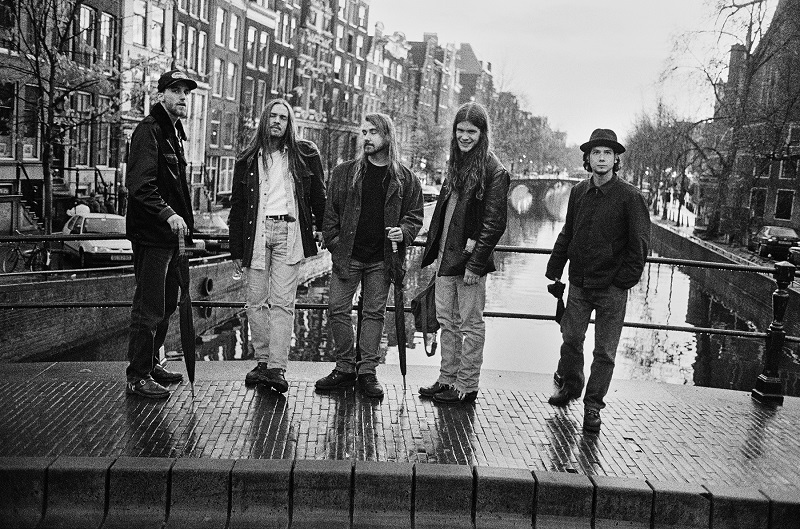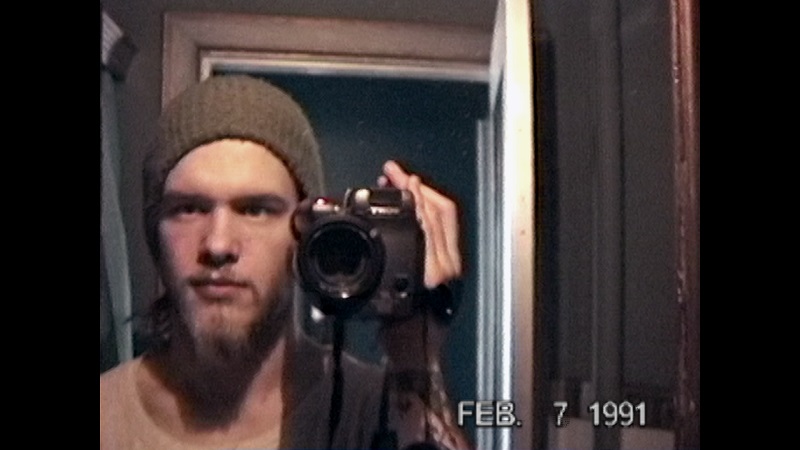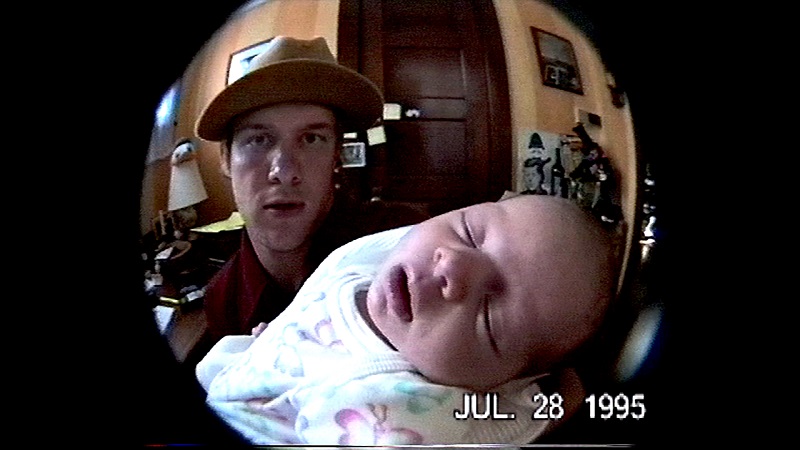Blind Melon frontman Shannon Hoon purchased a video camera at the dawn of the 1990s and proceeded to tape everything for five years. The footage has never been seen before now as put together by directors Danny Clinch, Taryn Gould, and Colleen Hennessy. Hoon is given a director’s credit, rightfully so, as he impeccably captured five years in his life that paints a picture of a rock star catapulted to the upper echelons of fame and how his troubled past and upbringing would complicate how he handled it. The last shots of Hoon in the doc were the last moments of his life. With that as the baseline, it may be seen as a fool’s errand to get folks to tune-in knowing that the subject of the documentary perishes at its conclusion. At the age of 28.

The thing is, All I Can Say is a celebration of Hoon’s life and the effect his music had on millions of people across the globe. It could not be better told than through the videotape that was constantly rolling when the lead singer was around. Those early days of Blind Melon? Captured. The disagreement between Rolling Stone, Hoon, and his band about their potential cover and how the publication wanted only the singer and how he fought for the group to all appear … captured! There are also some magical moments, like when he welcomed his baby girl, that in hindsight feel tragic, what with him perishing weeks later.
That’s the hybrid of feelings that accompany the doc. For all fans of Hoon and Blind Melon, it is a must-see, for that there is no question. We all know how this story ends, but the joy (and the pain) is achieved from taking the journey. Filmmakers magically cull solely from Hoon’s footage and piece together a life in a manner that is truly unlike any other music documentary I’ve ever seen. Rarely has the access to the “Behind the Music” that comes with music maker doc been this immediate, raw, and real.
How the singer-songwriter from Lafayette, Indiana found his way to Los Angeles is seen first-hand. We even wonder how future bandmates must have felt when this wickedly talented singer and music writer showed up with a video camera rolling like he was Michael Moore? Thankfully for us, we’ve got great footage of some of the band’s first gigs, rehearsals and so much more—even when they were awarded a contract by Capital Records, merely based on a handful of songs that they had written, Hoon’s eye was capturing being on the top floor of that iconic Hollywood building. The champagne flowed and the guys signed their contract, live on Hoon TV!
Another fascinating element of All I Can Say is how, innate in the footage, is how many of us who have been huge fans of this band and this singer have never been provided the opportunity to know him and everything that means. A personality shines through in the best documentaries, that is a must. It has to, our protagonist (or antagonist) drives the narrative for the entire endeavor. Given Hoon’s taping his life, the embarrassment of riches for filmmakers pulsates with electricity.

People have differing opinions on inanimate objects serving as a “character,” for lack of a better word. In many ways, Hoon’s camera felt like one, at least to where one gets the sense that it is his supreme confidant that he shares all his secrets, loves, desires, dreams, goals, and even as simple as what he was thinking about at any one given instant. As such this is a Blind Melon documentary, yes, but the focus is firmly on the man with the camera.
When Rogers Stevens, Brad Smith, Glen Graham, Christopher Thorn and Hoon came together, one couldn’t help but think it was fate working its magic. They joined forces soon after each landed in the City of Angels and their musical bond was instant and explosive. After Hoon was heard wailing with pal Axl Rose on Guns n’ Roses’ hit Don’t Cry, attention flooded on Blind Melon and they went from buzzed-about to bees on album cover in no time. The thing was, No Rain didn’t hit the MTV and radio airwaves for a year after their self-titled, Seattle recorded debut record was released. Even if it is hard-earned, fame—when it truly arrives—can be fast and fleeting. That has never been more pronounced than with the first-hand footage Hoon captured of his life as we get to bask in with All I Have to Say.

To see and hear him and his bandmates in between the questions and various takes with their seemingly endless line of press, media and fans, this kind of front-row seat to the life of a musician is rare. The inner workings of a band at the various points of their ascent is also captured with the film. For example, how does it feel to be part of a collective of like-minded musicians who go from solely known by hardcore fans to playing to hundreds of thousands and of course, famously adorning the cover of Rolling Stone, is our documentary landscape.
It’s hard to remember, what with the permeation of video in our lives currently, but back when Hoon purchased his video camera, it was the rare person who had one—much less one who captured everything. All I Have to Say is the rarest of documentary experiences where a period of time from our youth has been captured so expressively by the tone and visual kaleidoscope of its shooter. For our enlightening and entertainment, he is also our subject.
Grade: A

